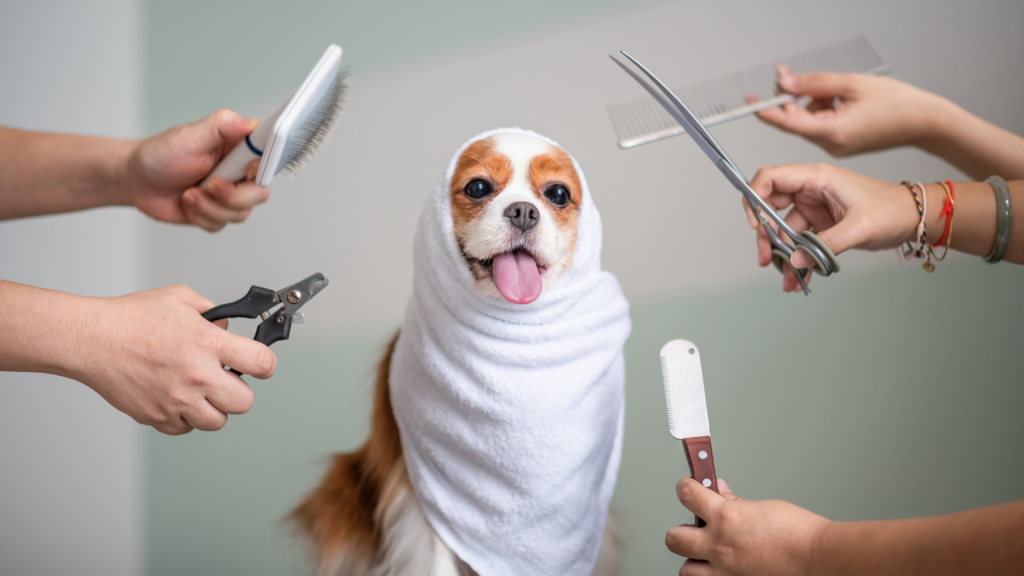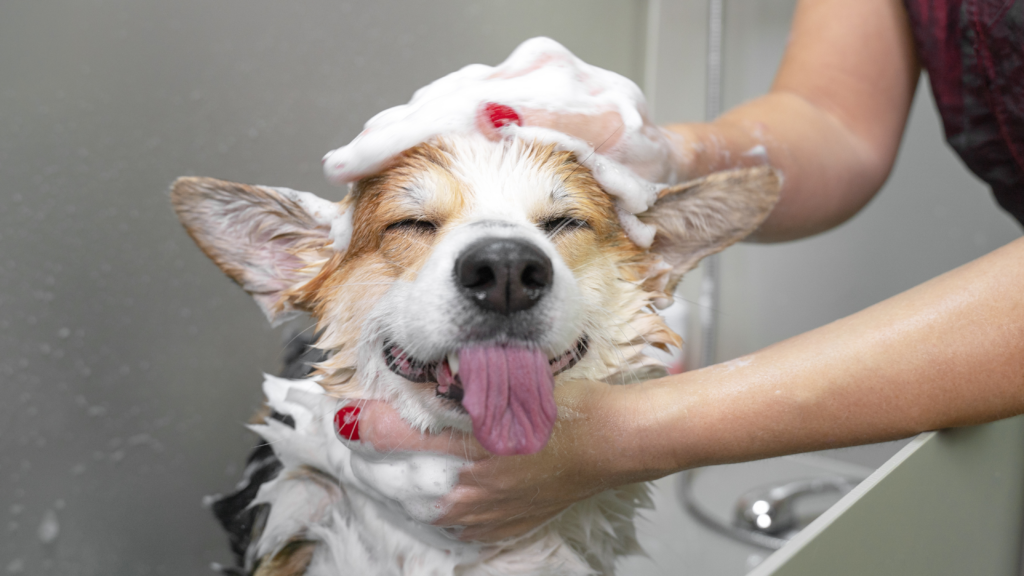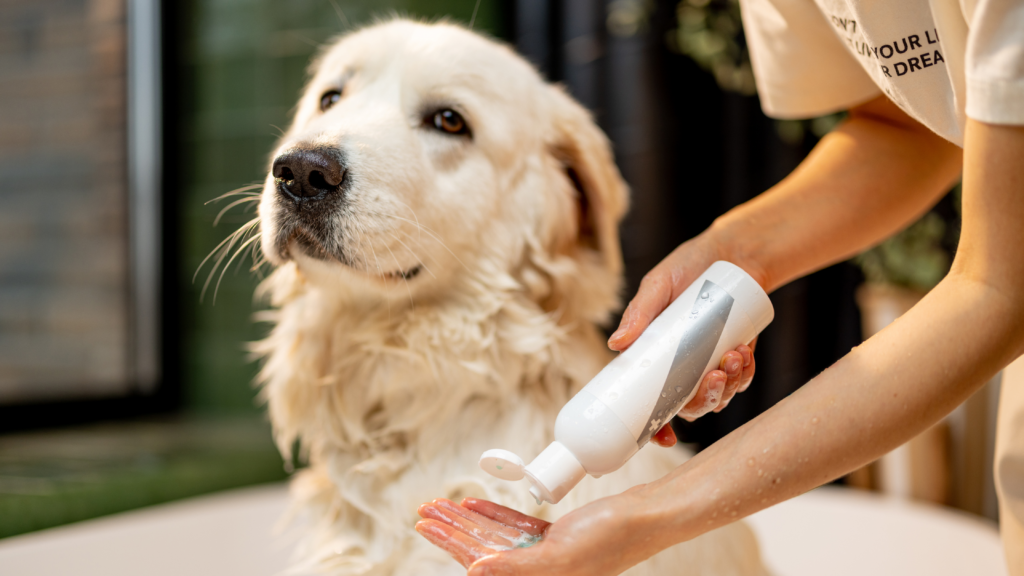As a loving dog owner, you want to keep your furry friend looking and feeling their best. However, when it comes to grooming, one size doesn’t fit all. The frequency of dog grooming depends on various factors, including breed, coat type, and individual needs. In this comprehensive guide, we’ll explore the ideal grooming schedule for different dogs to help you maintain your pet’s hygiene and health.
Understanding the Importance of Regular Grooming
Before diving into breed-specific grooming frequencies, it’s crucial to understand why regular grooming is essential. Proper grooming offers numerous benefits for your canine companion.
Benefits of Regular Grooming
- Keeps your dog’s coat healthy and shiny
- Prevents matting and tangling
- Reduces shedding
- Allows early detection of skin issues or parasites
- Promotes bonding between you and your pet
Regular grooming is more than just keeping your dog looking good; it’s an essential aspect of their overall health and well-being. By maintaining a consistent grooming routine, you can identify potential health issues early and ensure your pet stays comfortable.
Factors Affecting Grooming Frequency
Several factors influence how often you should groom your dog:
- Breed and coat type: Different breeds have varying coat textures and lengths, which require specific grooming needs.
- Lifestyle and activities: Active dogs or those spending a lot of time outdoors may need more frequent grooming.
- Individual needs: Some dogs have skin sensitivities or health conditions that affect grooming requirements.
Grooming Frequency by Coat Type
Short-haired Breeds
Short-haired dogs generally require less intensive grooming. For small short-haired breeds, aim for grooming every 4-6 weeks. Medium to large short-haired breeds can typically go 6-8 weeks between grooming sessions.
Examples: Chihuahuas, Dachshunds, Labradors, Beagles
Long-haired Breeds
Long-haired dogs need more frequent attention to prevent matting and tangling. Most long-haired breeds benefit from grooming every 4-6 weeks.
Examples: Shih Tzus, Yorkshire Terriers, Afghan Hounds
Double-coated Breeds
These dogs have a dense undercoat and a longer topcoat. They require special attention during shedding seasons (typically spring and fall) but generally need grooming every 6-8 weeks.
Examples: German Shepherds, Huskies, Golden Retrievers
Breed-Specific Grooming Guidelines
While coat type provides a general guideline, some breeds have unique grooming needs:
Curly-coated Breeds
Dogs with curly coats, like Poodles and Bichon Frises, need regular grooming to prevent matting. Aim for professional grooming every 4-6 weeks, with daily brushing at home.
Wire-coated Breeds
Terriers and other wire-coated breeds often require hand-stripping or specialist clipping every 6-8 weeks to maintain their distinctive coat texture.
At-Home Grooming Tips
Between professional grooming sessions, maintain your dog’s coat with these tips:
- Brushing: Short-haired breeds need brushing once a week, while long-haired breeds benefit from daily brushing.
- Bathing: Most dogs only need bathing every 2-3 months unless they get particularly dirty.
- Nail trimming: Check nails monthly and trim as needed.
- Ear cleaning: Clean ears weekly to prevent infections.
Regular at-home grooming not only keeps your pet looking great but also helps you bond with your furry friend and detect any potential health issues early.
Professional Grooming Recommendations
While at-home care is essential, professional grooming offers thorough cleaning and styling. The general recommendation for most breeds is professional grooming every 4-8 weeks. However, adjust this frequency based on your dog’s individual needs.
Professional groomers have the expertise to handle specific breed requirements and can often spot health issues that may not be apparent to pet owners.
Conclusion: Tailoring Your Dog’s Grooming Schedule
Remember, these guidelines are just starting points. Observe your dog’s coat condition and consult with a professional groomer to create a personalized grooming schedule. By maintaining a consistent grooming routine, you’ll keep your furry friend healthy, comfortable, and looking their best.
Whether you have a short-haired Chihuahua or a fluffy Samoyed, regular grooming is key to your dog’s overall well-being. Tailor your approach to your pet’s specific needs, and don’t hesitate to seek advice from professional groomers for breed-specific tips and techniques.



